Top Tips: EEA2 Reporting
Employment Equity is a critical aspect of promoting fairness and equality in the workplace. In many countries, including South Africa, employers are required to report their progress in achieving employment equity through the Employment Equity Act (EEA). EEA2 reporting is a vital step in this process, where employers provide detailed information on their workforce profile, skills development, numerical goals, barriers, affirmative action measures, and the monitoring and evaluation of their Employment Equity (EE) plan. In this guide, we will explore the key points to consider when completing your EEA2 report.
Workforce Profile on a Specific Date
One of the fundamental components of the EEA2 report is providing a snapshot of your organization’s workforce on a specific date, typically at the end of your reporting period. This information is collected via the EEA1 form and includes details such as race, gender, and occupational levels. It’s crucial to ensure that this data is accurate and up to date, as it forms the basis for your Employment Equity plan and reporting. Conduct regular audits to maintain the accuracy of this data and address any discrepancies promptly.
Workforce Movement Over a 12-Month Period
Your EEA2 report should also include information on workforce movement over the past 12 months. This includes details on recruitment, promotions, terminations. Understanding these trends is essential to assess whether your organization is making progress in achieving employment equity. By analysing this data, you can identify areas where improvements are needed and take proactive steps to address any disparities in employment practices.
Skills Development Over a 12-Month Period
Skills development is a critical area of reporting in employment equity. In your EEA2 report, provide a comprehensive overview of the skills development initiatives undertaken within your organization over the past year. This would include Training done in line with achieving Goals and Target as set out in the EE plan. By showcasing your commitment to skills development, you can demonstrate your organization’s dedication to bridging gaps.
Numerical Goals and Targets
Employers are required to set numerical goals and targets for achieving employment equity compliance within their organizations. These goals are typically benchmarked on the economically active population’s demographics in the relevant region. In your EEA2 report, clearly outline your organization’s numerical goals and targets as set out in your EE plan.
Barriers and Affirmative Action Measures
Identifying and addressing barriers to employment equity is a key aspect of the EEA2 report, which is set out in the EE plan. Clearly identify any obstacles or challenges that have hindered progress in achieving employment equity within your organization. These barriers could include factors such as recruitment procedures, training and development, disciplinary measures, etc. In response to these barriers, outline the affirmative action measures you plan to implement to overcome them. These measures should be specific, measurable, and time bound.
Monitoring and Evaluation of Implementation of the EE Plan
The final section of your EEA2 report should focus on the monitoring and evaluation of the implementation of your Employment Equity plan. Provide evidence of ongoing monitoring efforts, such as regular equity audits and assessments of employment policies and practices. Highlight any corrective actions taken in response to identified issues. Moreover, share the outcomes of your evaluations and the impact of your affirmative action measures on achieving employment equity within your organization.
Completing the EEA2 report is not just a compliance requirement; it’s an opportunity to showcase your organization’s commitment to creating a diverse and inclusive workplace. By providing accurate data on your workforce, detailing your skills development initiatives, setting numerical goals, addressing barriers, and demonstrating the effectiveness of your EE plan, you can actively contribute to building a fair and equitable workforce.
Remember that employment equity is an ongoing process, and the EEA2 report is just one step in the journey toward achieving meaningful change. Regularly engagements with employees and seek feedback from designated groups to ensure that your organization remains on the path to true employment equity. By consistently prioritizing these efforts, you can foster an environment where diversity and inclusion thrive, benefitting both your employees and your organization.




